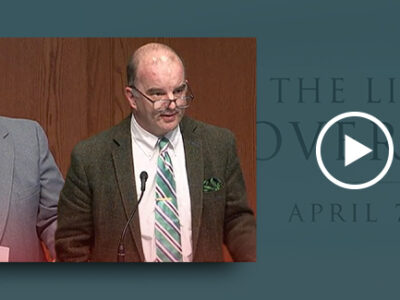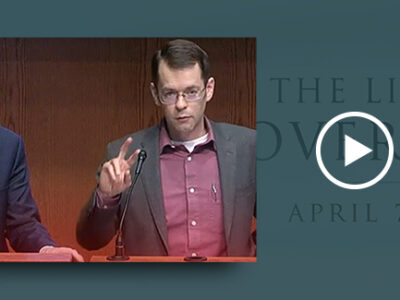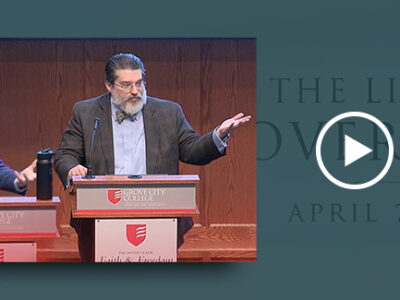Earlier in the week I wrote an article on the contributions of former Russian President Boris Yeltsin, who died on Monday at the age of 76. I noted that among his most significant achievements was his ability to keep the communists from taking back power in post-Soviet Russia. Since publishing that article, it has become clear that this point requires further explanation—the lessons for history are crucial.
With the end of the Soviet Union in December 1991, communists did not disappear into the night. Quite the contrary, a major problem in many of the former communist countries that transitioned to democracy was the election of communists to their legislatures. Because these fledgling democracies were inexperienced in political pluralism, their elections were open to literally dozens of parties, often without political primaries. This meant that the Communist Party in nations like Russia could win only 25% of the seats in the legislature but could still become the majority party, as the many other parties split the remaining vote. In Russia, the Communist Party became the dominant party in the legislature throughout Yeltsin’s time as president, and its members constantly agitated.
Moreover, in the post-Soviet presidential elections, the communist candidate finished second. These were true communists; some of them Stalinists. Consider the case of Gennady Zyuganov, who finished second in the race of 2000: In December 1999, a teary-eyed Zyuganov observed the 120th anniversary of Joseph Stalin’s birth, laying a wreath at the tyrant’s grave at the Kremlin wall. “Stalin is one of the greatest statesmen,” claimed Zyuganov, “not only of the 20th century but all of Russian history.”
This statement, of course, was utterly outrageous. Stalin was possibly the greatest killer in all of history, with the only competitor being China’s Mao Zedong; he exceeded Adolph Hitler’s death toll by leaps and bounds.
Yeltsin, kept these men from seizing the all-important executive branch in Russia, the perch from which a string of Bolshevik leaders was responsible for the deaths of anywhere from 30 to 60 million Soviet citizens from 1917-91. Zyuganov and his comrades were left to suffer a slow, angry death in the legislative branch.
Further, Yeltsin dealt a crippling blow to the communists by tossing open the Soviet archives, whereupon historians and journalists eagerly began digging. A lasting effect was to not only expose the inherent criminality of Bolshevism but to put to rest the ridiculous notion that the Soviet Union would not have gone awry if only Vladimir Lenin had not died in 1924, giving way to Joseph Stalin. This was the insidious “Good Lenin, Bad Stalin” myth that plagued Western academia.
Thanks to the research of scholars like Richard Pipes of Harvard, Russians and the entire world were informed of the obvious fact that Lenin was a vicious killer. Here are merely a few examples of what was culled from the archives:
On December 25, 1919, as the Western world celebrated Christmas after a well-deserved year of peace on the heels of World War I, Lenin continued his frenzied “merciless mass terror” (his words) against entire classes of people he deemed “harmful insects.” On that December 25, Lenin issued a special order to the Cheka, the secret police: “To put up with ‘Nikola’ [the religious holiday] would be stupid—the entire Cheka must be on the alert to see to it that those who do not show up for work because of ‘Nikola’ are shot.”
Lenin had a special hatred for God. He said that religion was “abominable,” “a necrophilia,” and that Christianity was akin to venereal disease. He always remembered fondly the moment that he as a teen “took off my cross and threw it in the rubbish bin.” Thus, written orders like this from Lenin (March 19, 1922) were common: “The greater the number of representatives of the reactionary clergy and reactionary bourgeoisie we succeed in executing … the better.” Lenin demanded to be informed daily of the number of priests executed; this was a concern close to his heart.
Lenin also detested private-property owners, especially successful farmers. This was evident in an August 11, 1918 letter: “Hang (hang without fail, so the people will see) no fewer than one hundred known kulaks, rich men, bloodsuckers. Publish their names. Take from them all their grain. Designate hostages—as per yesterday’s telegram. Do it in such a way that for hundreds of [kilometers] around, the people will see, tremble, know, shout: they are strangling and will strangle to death the bloodsucker kulaks. Telegraph receipt and implementation. Yours, Lenin.”
This was a man that Boris Yeltsin’s predecessors preserved in a special shrine, where he could be worshipped as “the immortal” one. Stalin had Lenin’s brain material examined to try to ascertain the source of his alleged supernatural wisdom.
Boris Yeltsin, however, exposed the real Lenin, and stopped the likes of Gennady Zyuganov from ascending to leadership posts once held by heroes of Zyuganov—“heroes” like Joseph Stalin. Yeltsin had his flaws, but he drove the final stake into the chest of Soviet communism. For that, we should be thankful.




